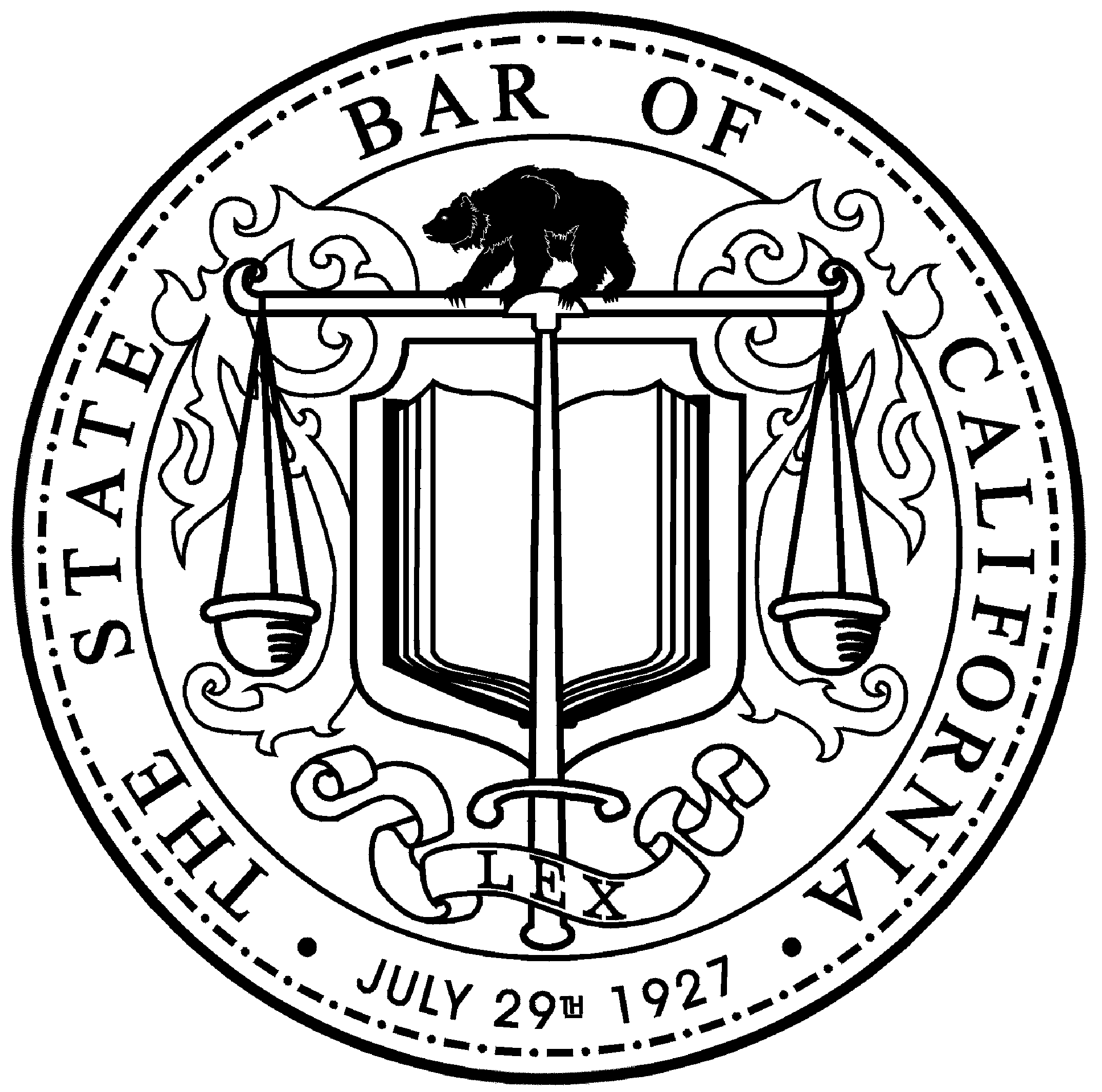Employer Negligence and Workers' Compensation
When an employee is injured on the job, workers' compensation typically provides a straightforward path to receiving benefits for medical expenses and lost wages, regardless of fault. However, what happens when the injury stems from employer negligence? In some cases, unsafe working conditions or inadequate safety measures may lead to more than just a standard workers' comp claim. In this blog, we’ll explore how employer negligence can impact workers' compensation, what rights employees have, and how to navigate these complex situations.
What is Employer Negligence?
Employer negligence occurs when an employer fails to provide a safe working environment, putting employees at risk of injury or harm. It involves a breach of the duty of care that employers owe to their workers, which includes maintaining equipment, adhering to safety regulations, providing proper training, and ensuring adequate supervision.
Examples of employer negligence can range from obvious hazards like failing to fix broken machinery or ignoring safety protocols, to more subtle forms like insufficient employee training or not providing the necessary protective gear. When an employer’s actions—or lack of action—result in unsafe working conditions, they may be considered negligent.
It's important to note that employer negligence goes beyond typical workplace accidents, where injuries happen despite precautions. Instead, it refers to situations where the employer’s failure to address known risks or their disregard for employee safety directly contributes to an injury. This negligence can complicate workers' compensation claims and may lead to additional legal consequences for the employer, especially if gross negligence or intentional harm is involved.
Workers’ Compensation Basics
Workers' compensation is a system designed to provide financial protection and medical care for employees who suffer work-related injuries or illnesses. It operates as a no-fault system, meaning that employees can receive benefits regardless of who was responsible for the accident or injury. The primary purpose of workers' compensation is to ensure that employees are covered for medical expenses, lost wages, and rehabilitation services, without having to go through lengthy lawsuits.
In most cases, employees are entitled to workers' compensation as long as the injury occurred while performing job-related duties. This coverage includes:
Medical expenses: Treatment costs, doctor visits, surgeries, and rehabilitation related to the injury or illness.
Wage replacement: A portion of the employee's wages is compensated if the injury prevents them from working.
Disability benefits: Compensation for temporary or permanent disability caused by the injury.
Rehabilitation services: Access to physical therapy or vocational rehabilitation to help the employee return to work.
Importantly, workers' compensation is a trade-off: employees forgo the right to sue their employer in exchange for these guaranteed benefits. However, there are exceptions. If an employer’s negligence is extreme, or if safety regulations were willfully ignored, employees may still have grounds for additional legal action outside the workers' compensation system. Understanding this distinction is essential for workers when determining how to approach their claim.
How Employer Negligence Can Affect Workers' Compensation
While workers' compensation is generally a no-fault system, meaning employees don’t need to prove fault to receive benefits, employer negligence can play a significant role in certain situations. If an injury occurs due to unsafe working conditions, lack of proper training, or the employer's failure to follow safety regulations, it could lead to additional consequences for the employer and, in some cases, more compensation for the injured employee.
Here are a few key ways employer negligence can impact a workers' compensation claim:
Gross Negligence and Increased Compensation
In cases of gross negligence—where an employer's disregard for safety is particularly severe—an employee may be eligible for additional compensation beyond the typical workers' comp benefits. For instance, if an employer willfully ignores safety standards or repeatedly fails to fix hazardous conditions, it can lead to a heightened claim. Some states allow for increased payouts or penalties against the employer in these situations.
Third-Party Lawsuits
In some cases, employer negligence might open the door for third-party lawsuits. For example, if a contractor or manufacturer contributed to the unsafe conditions, the injured employee could pursue legal action against them while still receiving workers’ compensation. Additionally, if the employer’s actions were especially reckless or intentional, the worker may sue the employer directly for damages beyond what workers' comp provides.
Employer Penalties and Legal Action
Employer negligence can result in regulatory penalties or fines from agencies like the Occupational Safety and Health Administration (OSHA). These agencies investigate work-related injuries, particularly those caused by employer negligence, and impose fines or corrective measures. This can further influence the overall workers’ compensation case and the outcome of any associated legal claims.
Impact on Claim Resolution
When employer negligence is evident, it may complicate or delay the resolution of a workers' compensation claim. Employers and their insurance providers might contest the claim or try to avoid responsibility, making it crucial for injured workers to gather evidence, such as witness statements or documentation of unsafe conditions, to strengthen their case.
While workers' compensation provides essential benefits regardless of fault, employer negligence can bring additional legal dimensions to a claim. Employees who believe their injury resulted from employer negligence should consult with a workers' compensation attorney to explore all avenues of compensation and ensure their rights are fully protected.
Proving Employer Negligence
Proving employer negligence can be a critical part of maximizing compensation in certain workers' compensation cases, especially when gross negligence or willful misconduct is involved. While workers' compensation is typically a no-fault system, demonstrating that an employer's actions (or lack of action) directly led to an unsafe work environment can open the door for additional legal remedies, such as third-party lawsuits or increased compensation. However, proving employer negligence requires careful documentation and often involves multiple steps.
Here’s how an employee can go about proving employer negligence:
1. Document Unsafe Working Conditions
The first step in proving employer negligence is gathering evidence of unsafe conditions in the workplace. This can include photos or videos of broken equipment, hazardous materials, lack of safety gear, or any other violations of safety protocols. Documentation should be collected as soon as possible after the injury to ensure accuracy and prevent tampering with evidence.
2. Gather Witness Statements
Co-workers or supervisors who witnessed the accident or have knowledge of unsafe conditions can provide valuable support for a negligence claim. These statements help corroborate your account and show that negligence was an ongoing issue, rather than an isolated incident. Witnesses can attest to whether safety protocols were followed or if there were repeated complaints about dangerous conditions that went unaddressed.
3. Prove the Employer’s Duty of Care
Legally, employers have a duty of care to provide a safe work environment for their employees. To prove negligence, you must show that your employer failed to uphold this responsibility. This may involve demonstrating that safety regulations were ignored, equipment was not maintained, or employees were not adequately trained for dangerous tasks. Federal and state guidelines, like those set by OSHA, can be used to show that the employer violated industry standards.
4. Demonstrate the Employer’s Failure
After establishing a duty of care, the next step is proving how the employer failed in that duty. This could include showing that they did not repair faulty equipment, ignored safety warnings, or allowed unsafe practices to continue. For example, if an employer repeatedly failed to fix machinery after being notified of its malfunction, this would constitute a failure to provide a safe work environment.
5. Show a Direct Connection to the Injury
It’s not enough to prove unsafe conditions; you also need to show a direct link between those conditions and the injury. For instance, if a worker slipped and fell due to a spill that was not cleaned up or adequately marked, the employer’s negligence in maintaining a safe work environment would be directly responsible for the injury. Medical records and incident reports can help establish this connection.
6. Utilize Regulatory Investigations
In some cases, agencies like OSHA may investigate the accident, especially if it involves serious injuries or fatalities. Their findings can provide crucial evidence of employer negligence, particularly if the employer is fined or cited for safety violations. An OSHA investigation report can be powerful support in proving that an employer failed to meet safety standards.
7. Seek Legal Assistance
Proving employer negligence often requires the expertise of a workers' compensation or personal injury attorney. They can help navigate the legal complexities, gather additional evidence, and build a case that demonstrates the employer’s liability. Legal representation is particularly important if the employee is pursuing a lawsuit in addition to workers' compensation benefits.
Successfully proving employer negligence can result in additional compensation or legal remedies for the injured worker. If you suspect your injury was caused by unsafe working conditions or your employer's disregard for safety, taking immediate action to document the negligence and seek legal advice is essential to protecting your rights.
Conclusion
If you suspect employer negligence has played a role in your workplace injury, taking prompt and decisive action is essential. By reporting unsafe conditions, documenting evidence, seeking medical attention, and filing a workers' compensation claim, you can protect your rights. Consulting with a workers' compensation attorney can also help you navigate the complexities of your case and explore additional legal remedies if necessary. Protect yourself and ensure your employer is held accountable for maintaining a safe work environment.
Cole, Fisher, Cole, O’Keefe + Mahoney is Central California’s leading workers’ compensation and social security disability law firm. With over 30 years of successful experience, we are committed to securing maximum benefits for our clients in the Fresno, California area. Schedule a free consultation today.
© 2025 Cole, Fisher, Cole, O’Keefe + Mahoney
Making a false or fraudulent workers’ compensation claim is a felony subject to up to five years in prison, or a fine of up to $150,000 or double the value of the fraud, whichever is greater, or by both imprisonment and fine.







